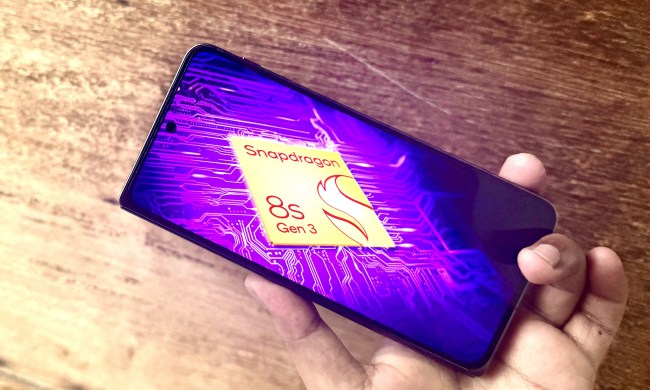Qualcomm is adding yet another 7-series processor to its lineup. The 7-series in general has proven itself as a way to get close to the performance of the flagship 8-series, with some of the features, but at a much lower price. The latest in the series is called the Qualcomm Snapdragon 778G.
The Snapdragon 778G does indeed have some of the features that so far have been limited to flagship-tier platforms like the Snapdragon 888. Notably, it has a Qualcomm Spectra 570L image signal processor, which is a triple ISP. That means that the chipset can process three videos at once — so you could theoretically capture video from the front-facing camera and two of the rear-facing cameras, at the same time, as long as manufacturers enable that feature.
“Snapdragon 778G was developed to address the growing demand by global [manufacturers] for more platform options in the high-tier,” said Kedar Kondap, vice president of product management at Qualcomm. “Snapdragon 778G brings many of the latest premium technologies and features into the high-tier to help make next-generation experiences more broadly accessible.”

When it comes to performance, the Snapdragon 778G probably won’t match 8-series options, but it will be more than powerful enough for most uses. The chipset includes a Kryo 670 CPU that Qualcomm says offers 40% better performance than the previous-generation Snapdragon 768G.
Other features include Qualcomm’s 6th-generation AI Engine and the 2nd-generation Qualcomm Sensing Hub, which should ensure that you get solid A.I. performance from phones powered by the chipset. And, as you would expect from a new platform in 2021, the Snapdragon 778G supports 5G, and has Qualcomm’s Snapdragon X53 modem with support for both mmWave and sub-6 networks. The Snapdragon 778G also offers 20% faster input response, which may come in handy for gamers. It also supports Qualcomm’s Quick Charge 4+.
We may start seeing devices with the Snapdragon 778G relatively soon, too. According to Qualcomm, devices with the new platform will start shipping in the second quarter of 2021. Not only that, but Honor, Realme, Motorola, Oppo, and Xiaomi have all said that they will ship devices with the new platform. It’s unlikely all of those companies will release phones with the chipset in the second quarter, but we should see phones featuring it release over the next year or so.



